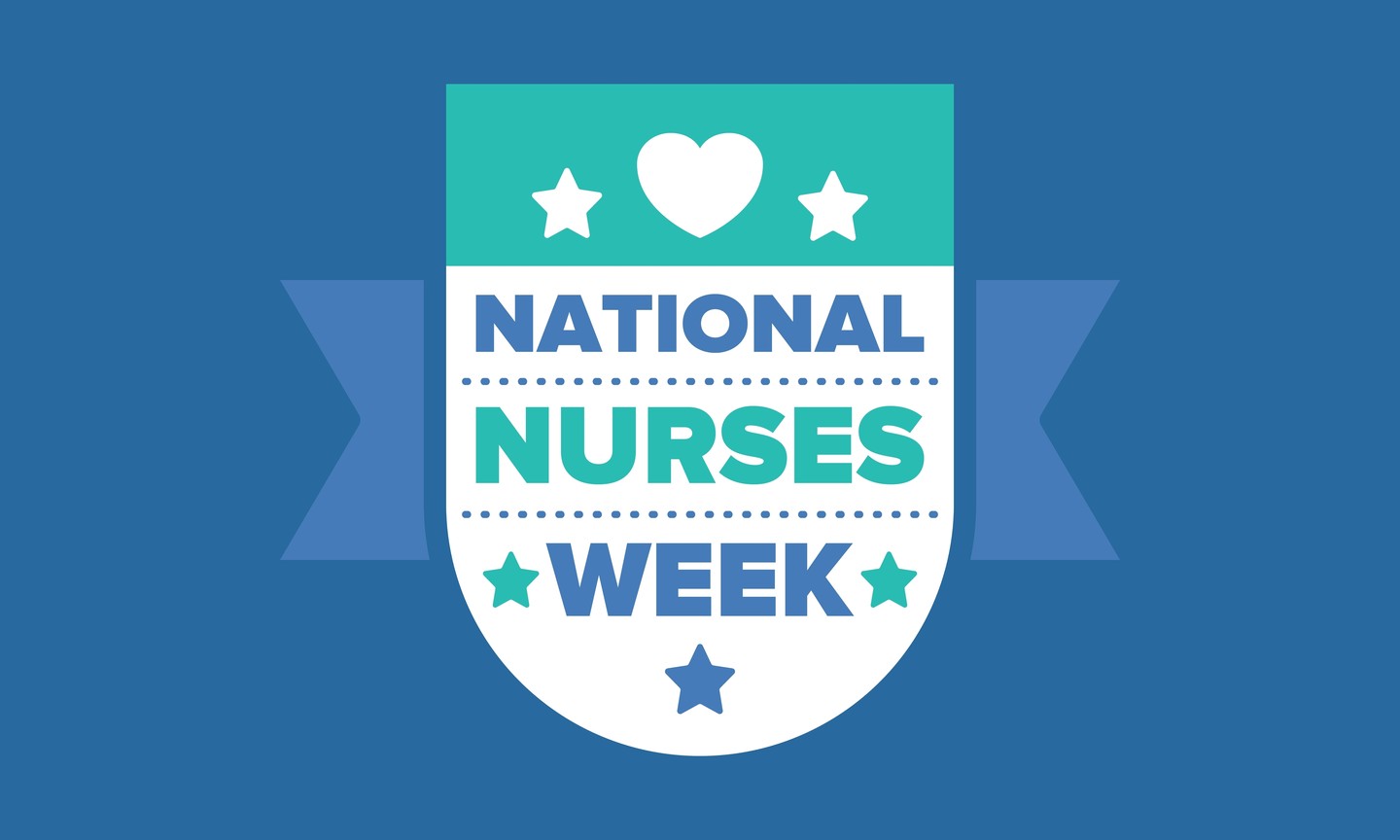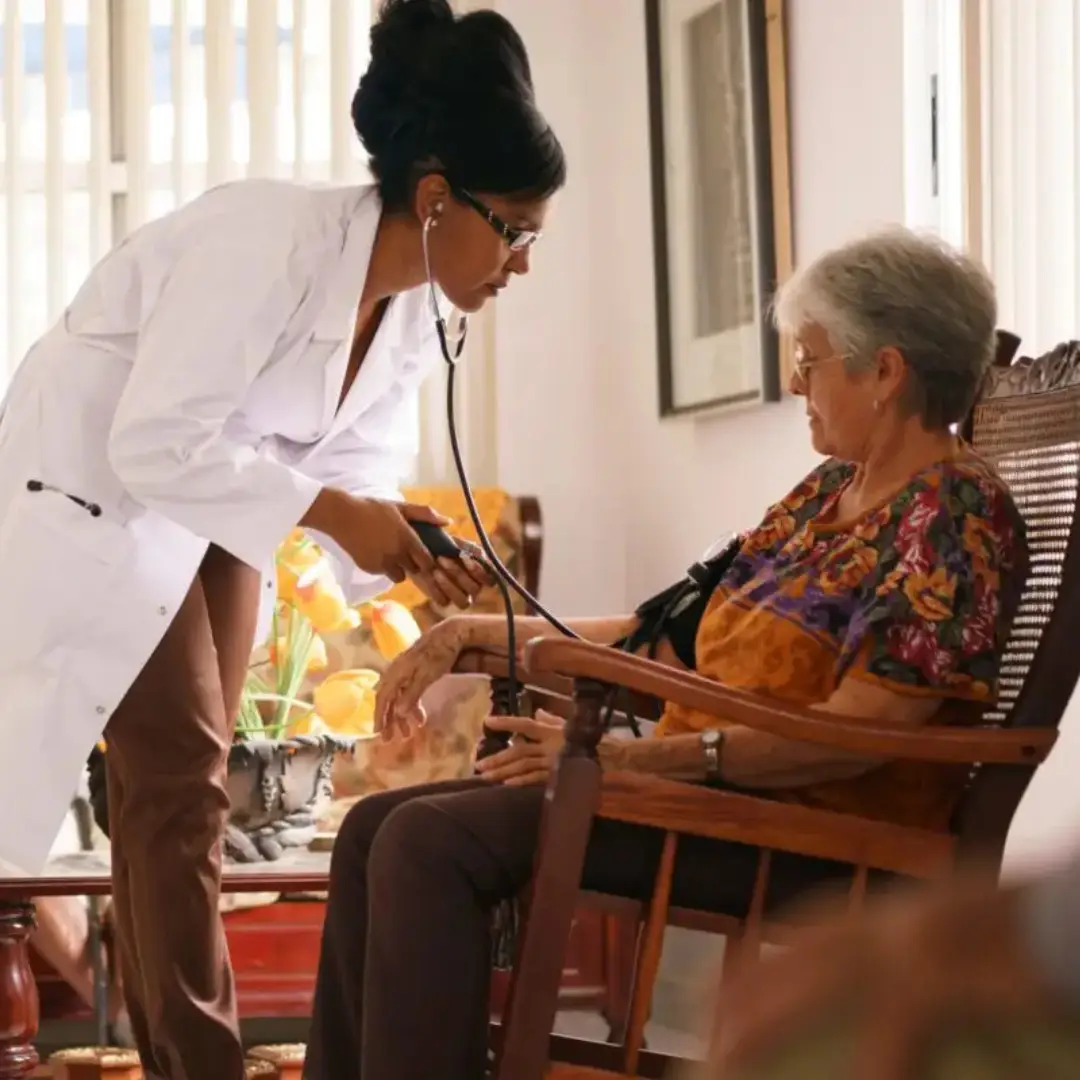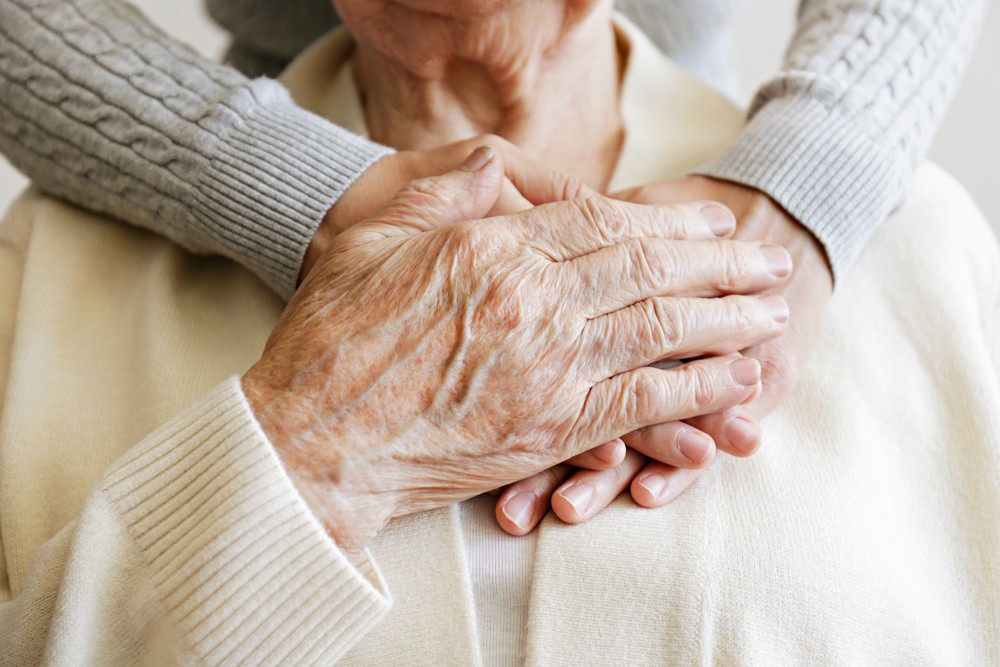New data published in the American Journal of Infection Control (AJIC) provide the first published evidence that a positive safety climate and adherence to standard precautions predict key health care–associated infection (HAI) and occupational health outcomes among patients and health care workers, respectively. The findings highlight features within hospitals’ organizations and safety climates that could be modified to improve these outcomes.
“Despite the infection prevention and safety benefits associated with standard precautions, generating consistent adherence in the health care setting has been notoriously challenging, for reasons that are not completely clear,” said Amanda J. Hessels, Ph.D., MPH, RN, Assistant Professor, Columbia University School of Nursing and Nurse Scientist at Hackensack Meridian Health and the lead author on the published study.
“To our knowledge, our study findings are the first to demonstrate an association between adherence, hospitals’ patient-safety climates, and outcomes, and should help to advance the state of the science in patient and occupational health and safety.”
Annually approximately 385,000 sharps injuries occur among America’s 5.6 million health care workers, and approximately 2 million hospitalized patients acquire one or more HAIs after receiving health care. Standard precautions such as hand hygiene, use of appropriate personal protective equipment (PPE), and safe use and disposal of sharps, are federally regulated sets of actions designed to limit the risk of blood-borne and other infections among health care workers and prevent patient HAIs. Research shows that adherence to standard precautions happens less than 50% of the time.
Dr. Hessels and colleagues created a novel study to determine the relationships among patient safety climate, self-reported or observed standard precaution adherence, and HAIs or health care worker sharps and splash exposures.
The researchers surveyed 452 U.S.–based registered nurses about their hospital units’ patient safety climates, collected observational adherence data on 5,285 standard precautions using a standardized tool, and obtained corresponding unit-level data on patient HAIs and health care worker sharp and splash exposure data.
Results show:
- Overall adherence to all categories of standard precautions was 64.4%, with significant differences by provider role.
- Overall adherence was highest among nurses (69.1%), followed by other providers (62.1%) and physicians (58%).
- There is a positive correlation (p < 0.1) between patient safety climate in aggregate and reported standard precaution adherence.
- There is an additional, positive correlation between positive perceptions of a work environment that is conducive to standard precautions and reported adherence (p < 0.1).
Additionally, researchers found that a group of variables comprising observed standard precaution adherence, overall patient safety climate, and multiple potential confounders—including hospital Magnet status, level of nurse staffing, hospital ownership, and teaching status—reliably predicted:
- The rates of catheter-associated urinary tract infections (CAUTI; p = 0.2) and methicillin-resistant Staphylococcus aureus (MRSA; p = 0.3) among patients.
- Nurse mucotaneous exposures (p = 0.004), all staff mucotaneous exposures (p = 0.007), and all staff sharps and needle injuries (p = .001).
- Finally, researchers concluded that these variables also explained the sizeable variance in MRSA (41%), CAUTI (23%), mucotaneous exposures (43%), and needlestick and sharps injuries (38%) among those units that reported positive patient safety climates and reliable adherence to standard precautions vs. those that did not.
“Keeping our health care workforce and patients safe is our number one priority as health care professionals,” said Patricia Jackson, RN, MA, CIC, FAPIC, 2023 APIC president. “The findings from this study provide important insights into the factors that impact HAIs and occupational injuries and will help infection preventionists design focused strategies for improvement.”
This post, Impact of a Positive Patient Safety Climate on Infection Prevention Practices, was first published by Medical Xpress.











